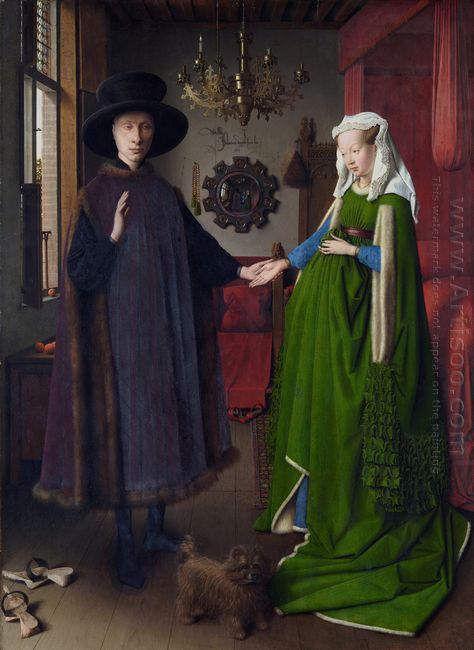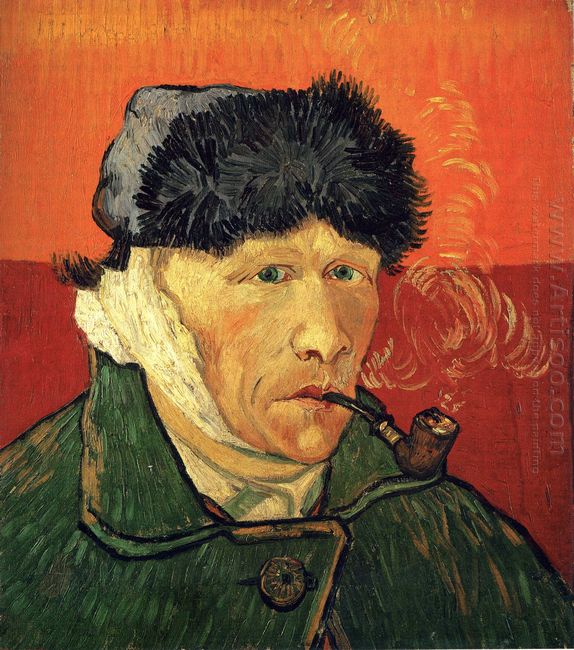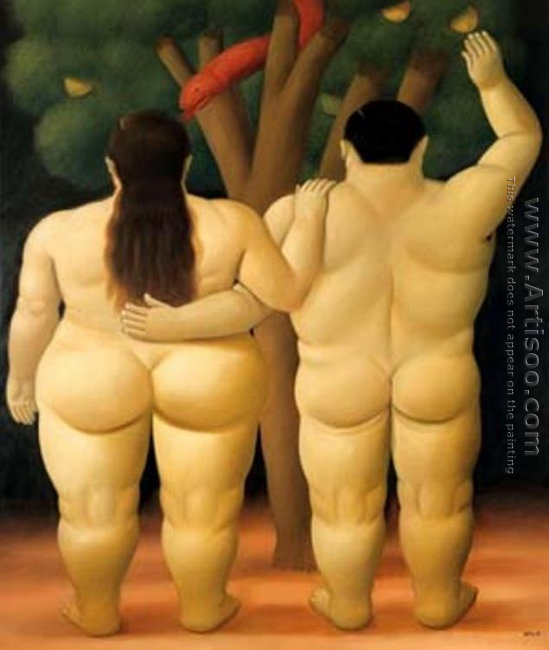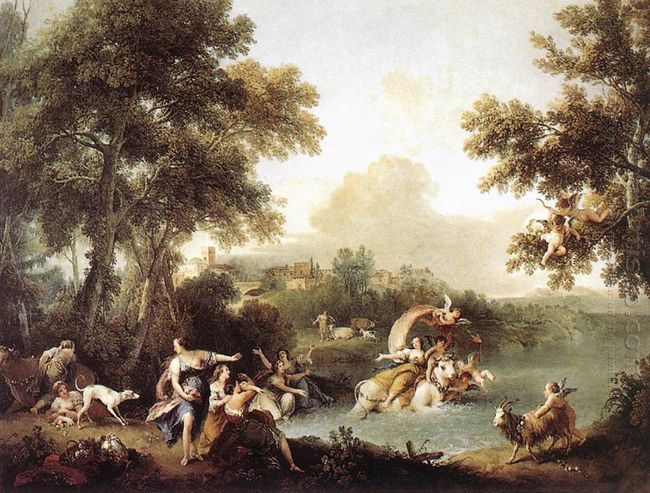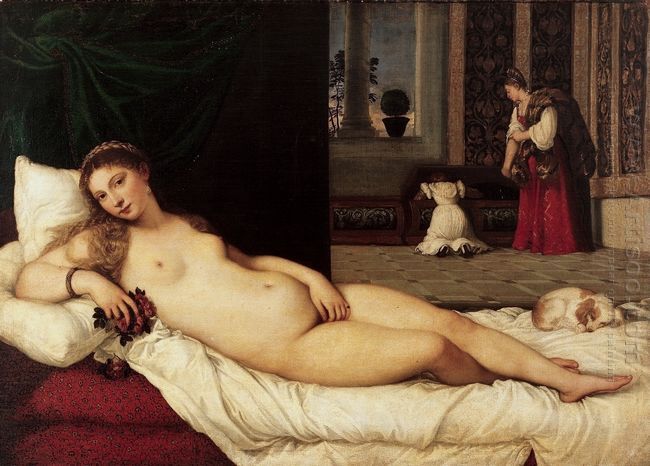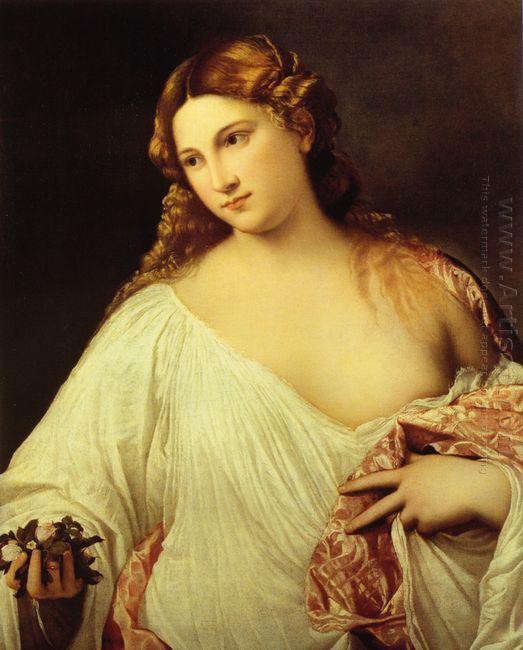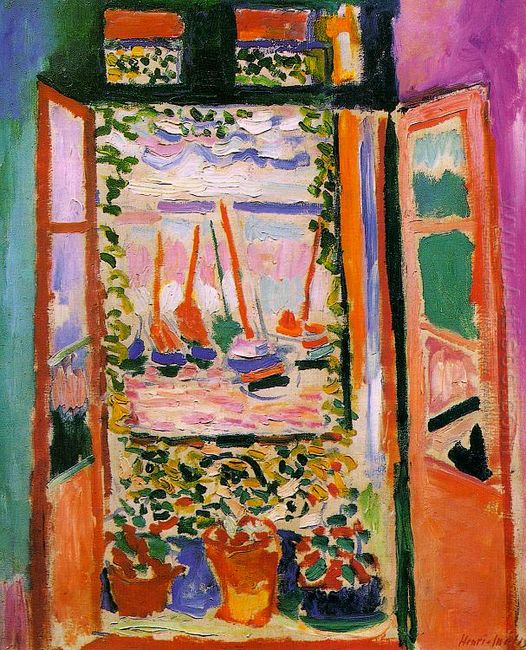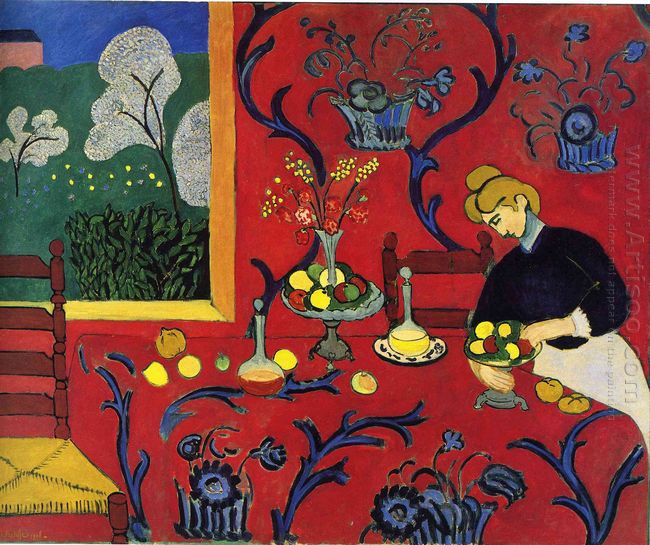In 1853, when Jean Auguste Dominique Ingres was 73-year-old, he painted the Princesse de Broglie according to the princesse’s husband’s request. The oil painting is a representative of realism. Ingres precisely showed every detail to people. We can easily find the details from the rich satin and lace of the princesse’s gown, the silk damask upholstery, and the richly embroidered evening scarf draped across the chair. Everything looks so peaceful, beautiful, and exquisite. Apart from that, the jewelry princesse wears is an important part to show her wealth, beauty, especially her taste, such as the golden necklace, the pearl earrings, the bracelets and ring. This kind of taste most of time means her cultivation. In that time, what you wore showed what you have learned and what you have gotten. Most importantly, it told others your status. This is very significant in that hierarchical society.
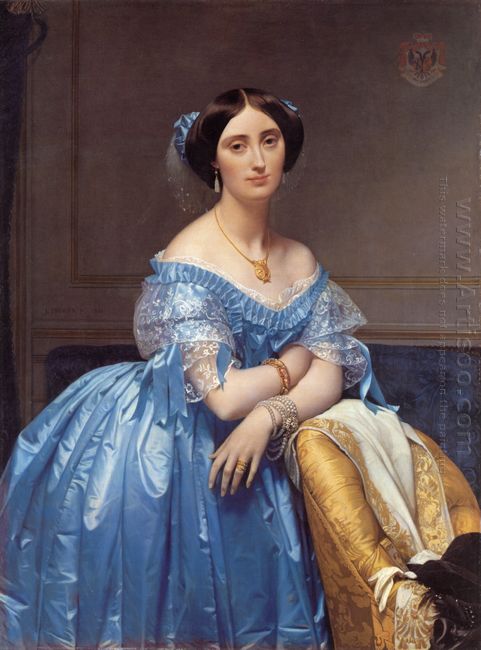
What impresses deeply people on the painting maybe the princesse’s slight smile. She is standing against the golden chair, looking straight. It seems that she is thinking some sweet things which make her smile slightly. She looks so peaceful and elegant. No matter who see her will be attracted by her beauty. She tilts her head and emerges in her thought. So we start to think about what she is thinking. What kind of thins can make the beautiful princesse smile and think devotionally. This is the reason why the oil painting attracts so many people’s attention more than a century.
